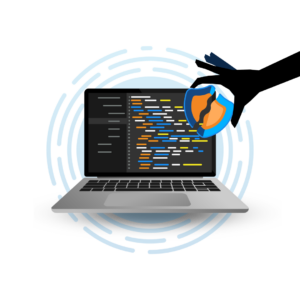
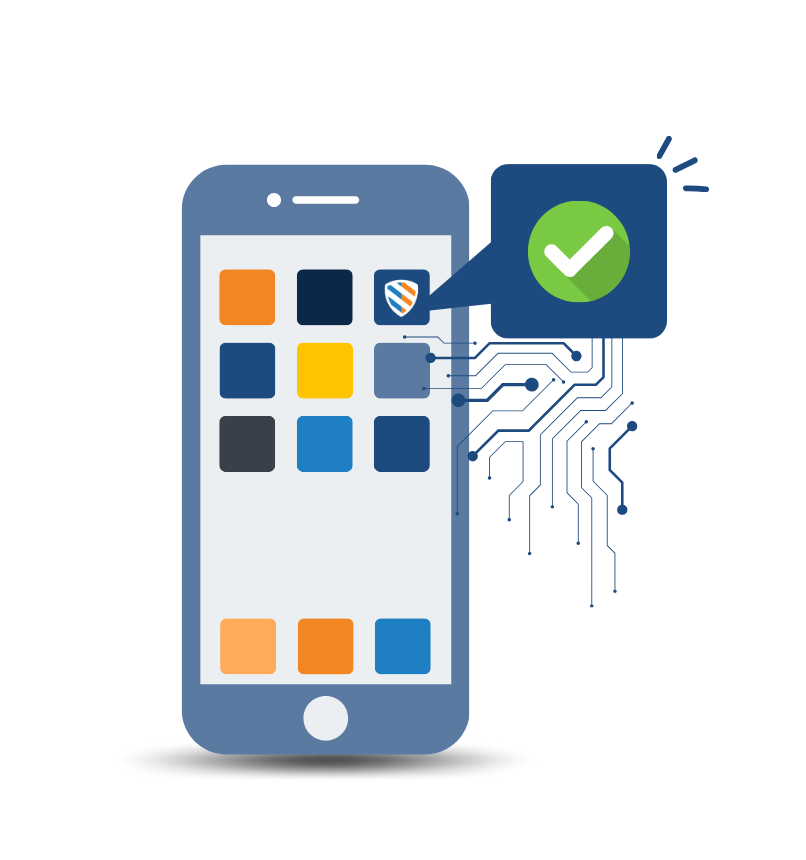
Your desktop (client) applications perform many critical functions for your business. Partly because of this, they can be susceptible to online piracy, tampering, vulnerability probing, and data and IP breaches.
Similarly, while server applications have some protection from firewalls, they can also be vulnerable to attacks when your customers host them, run them on external servers, or access them directly through misconfigurations or firewall breaches.
There are dozens of ways hackers can probe your applications to discover and exploit vulnerabilities. For example, one of the most common—and to date, most devastating—methods they use to find ways to attack applications is by picking apart and modifying apps with debugging and reverse engineering tools.
In turn, this means you’re at risk of financial and reputational damage that can be hard to reverse once it starts. Millions of dollars are lost to these types of attacks every year, meaning additional application security measures are more important than ever.
PreEmptive helps developers mitigate the security risks that are associated with their applications before they ever even go live, keeping their users safer and helping them prevent revenue and IP loss.
Our family of products helps prevent hacking attempts across mobile, desktop, server, and embedded applications, including:
→ Passive attacks: This includes decompiling and reverse engineering attacks.
→ Active attacks: Debugging and tampering will be much harder with these applications.
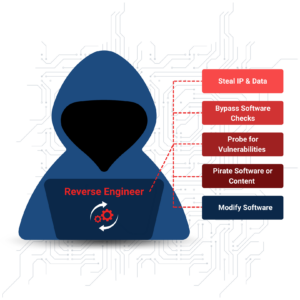
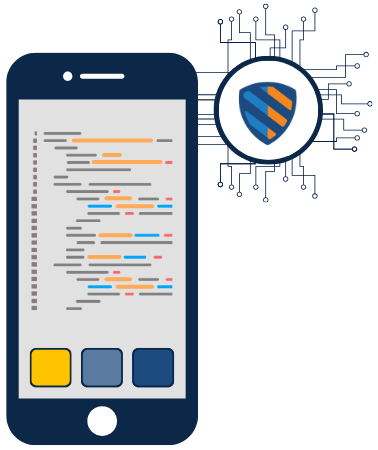
One of the biggest unspoken risks in application development is the distribution of uncontrolled source code, which has different industry-specific risks associated with it. For example, credit unions and other financial services rely on their mobile and desktop apps to allow people to handle their own banking, but they also need added layers of security. This is partially because they’re vulnerable to risks from people losing their money if an application is compromised. Similar regulations exist for other industries such as hospitals, telecom companies, manufacturers, and beyond.
PreEmptive helps reduce these industry-specific risks and maintain industry-specific compliance by testing and obfuscating code, making it harder for hackers to understand any code they come across. Our software security programs also protect your app by detecting attempts at tampering in real time and shutting down the app.


Our suite of application security products protect desktop, mobile Cloud, and Internet of Things (IoT) applications.
Discover more about Dotfuscator and how its features protect your .NET and Xamarin applications.
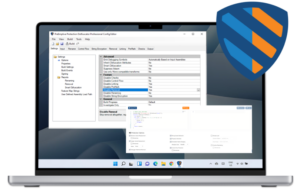
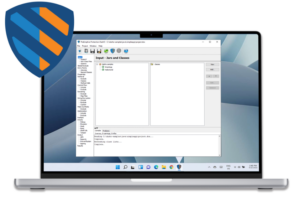
Find out more about how DashO can help your Android-based applications stay safe.
Learn more about how JSDefender’s obfuscation techniques can keep your JavaScript-based applications and their users safe.
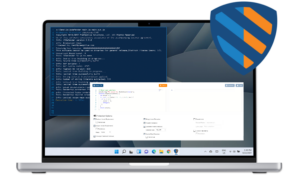
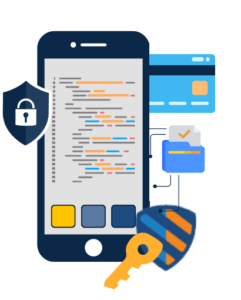
Check out some of the other features Defender for iOS offers to protect your applications across all device types.
Don’t leave your applications vulnerable to attacks from cybercriminals. Start a free trial of our desktop and server application security products and get better peace of mind today.